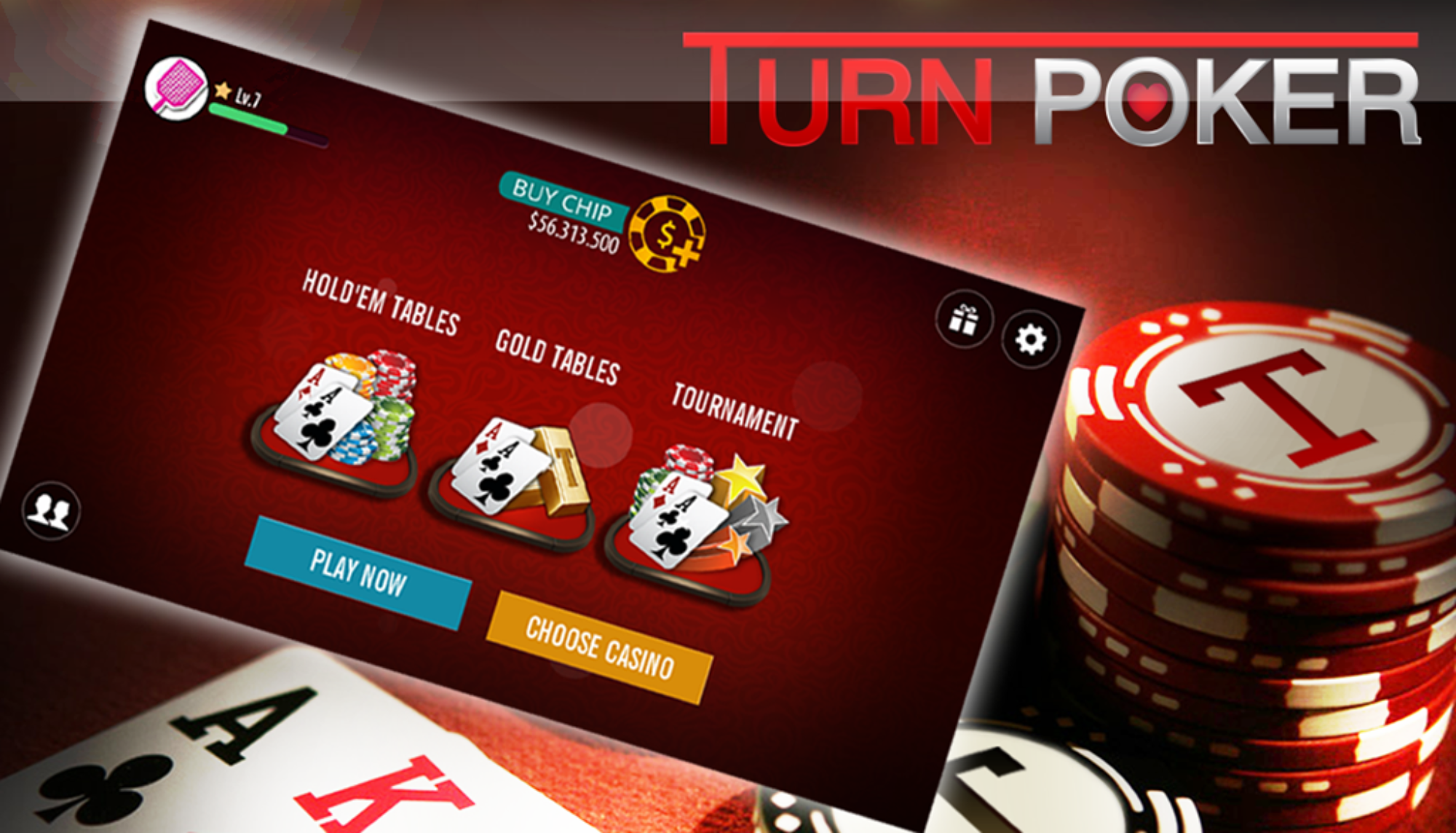Building a Winning Poker Study Routine – Essential Tools, Resources, and Techniques

In the ever-evolving world of poker, continuous improvement is key to achieving long-term success. Whether you are a novice player looking to understand the fundamentals or a seasoned pro aiming to refine your skills, establishing a structured study routine can significantly enhance your gameplay. This article delves into effective strategies for building a poker study routine, providing you with the tools, resources, and techniques necessary to elevate your game to the next level.
Developing a study routine is not just about playing hands; it involves a comprehensive approach that encompasses analysis, practice, and reflection. By leveraging various tools such as software programs, online forums, and literature, players can dissect their gameplay, identify weaknesses, and implement targeted improvements. Moreover, understanding the importance of setting realistic goals and maintaining consistency in your study efforts can pave the way for substantial progress over time.
In this guide, we will explore a range of resources and techniques that can help you create an effective poker study plan tailored to your individual needs. From utilizing hand history reviews and tracking software to engaging with educational content and communities, the following sections will outline the essential components of a successful study routine. Prepare to embark on a journey that not only sharpens your skills but also deepens your understanding of the game you love.
Building a Poker Study Routine: Essential Tools for Success
Developing a successful poker study routine is crucial for players looking to improve their skills and increase their winning potential. A well-structured study plan allows players to focus on specific areas of their game, track their progress, and efficiently use their time. In this article, we will explore the essential tools that can help you create an effective poker study routine.
To build a solid foundation for your study sessions, it’s important to utilize a combination of resources, software, and techniques. This approach not only enhances your understanding of the game but also provides you with the means to analyze your performance and make informed decisions at the table.
Essential Tools for Your Poker Study Routine
- Tracking Software: Tools like PokerTracker and Hold’em Manager help you analyze your play, track your results, and identify leaks in your strategy.
- Equity Calculators: Software such as Equilab allows you to calculate hand equity against various ranges, helping you make better decisions pre-flop and post-flop.
- Video Training Platforms: Websites like Run It Once and Upswing Poker offer instructional videos from top players, covering various strategies and concepts.
- Forums and Community Groups: Engaging in discussions on platforms like TwoPlusTwo and Discord channels provides valuable insights and different perspectives from other players.
- Books and Articles: Reading literature from renowned authors such as David Sklansky and Jonathan Little can deepen your theoretical understanding of poker.
Incorporating these tools into your study routine can significantly boost your learning curve and keep you motivated. The key is to establish a consistent schedule and regularly evaluate your progress to adapt your study methods as necessary. By doing so, you’ll create a personalized poker study routine that not only works for you but also leads to long-term success.
Key Resources for Enhancing Your Poker Skills
Improving your poker skills requires a well-rounded approach that includes studying various resources, practicing regularly, and analyzing your gameplay. Whether you’re a beginner looking to grasp the basics or an experienced player aiming to refine your strategies, the right tools can significantly enhance your learning process. This guide will highlight some essential resources that can help elevate your poker game to new heights.
From books and online courses to software and forums, a plethora of resources is available for poker enthusiasts. Engaging with these materials will not only improve your understanding of the game but also enable you to develop a strategic mindset. Below are some key resources that every poker player should consider integrating into their study routine.
- Books: Classic poker literature provides foundational knowledge and advanced strategies. Some recommended titles include:
- “The Theory of Poker” by David Sklansky
- “Harrington on Hold’em” by Dan Harrington
- “The Mental Game of Poker” by Jared Tendler
- Online Courses: Websites like MasterClass and Upswing Poker offer structured courses taught by professionals, covering various aspects of the game, from beginner strategies to advanced concepts.
- Software Tools: Utilizing tools such as PokerTracker, Holdem Manager, or GTO+, can provide in-depth analysis of your gameplay and help you identify areas for improvement.
- Forums and Communities: Engaging in online communities like TwoPlusTwo or Reddit’s r/poker can provide valuable insights and allow you to discuss strategies with other players.
Integrating these resources into your poker study routine can foster significant growth in your skills and understanding of the game. Remember, the journey to becoming a proficient poker player requires dedication and continuous learning.
Effective Techniques to Maximize Your Poker Study Time
Maximizing your poker study time is essential for improving your skills and increasing your success at the tables. By implementing effective techniques and utilizing various resources, you can ensure that every minute spent studying contributes significantly to your overall poker development. This final section provides actionable strategies to help you optimize your study sessions and make the most out of your efforts.
To achieve optimal results, consider incorporating the following techniques into your poker study routine. These methods will not only enhance your learning experience but also reinforce the knowledge you gain from various resources.
- Set Clear Goals: Define specific objectives for each study session. This can include mastering a particular concept or reviewing specific hand histories.
- Utilize Study Groups: Collaborate with fellow players to discuss strategies and share insights. Group studies can provide diverse perspectives and help you grasp complex concepts more easily.
- Focus on Hands Analysis: Regularly review your hands, paying attention to decision-making processes. Tools like PokerTracker or Holdem Manager can help in analyzing your gameplay effectively.
- Incorporate Video Resources: Watch training videos and streams from professional players. This visual approach can help you understand concepts in action.
- Practice Mindfulness: Stay focused during study sessions. Reducing distractions and maintaining a positive mindset can enhance your ability to absorb information.
By combining these techniques with the right tools and resources, you can create a powerful poker study routine that accelerates your learning and improvement. Consistency is key, so commit to regular study sessions and monitor your progress to see significant results over time.





